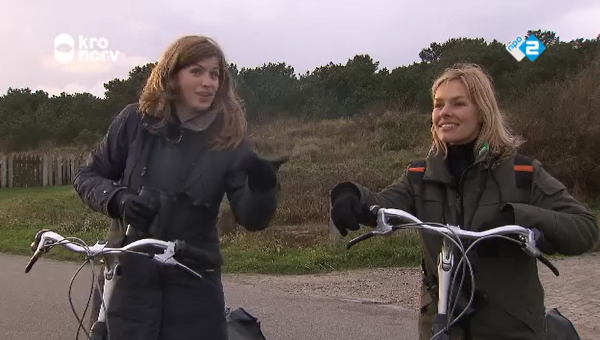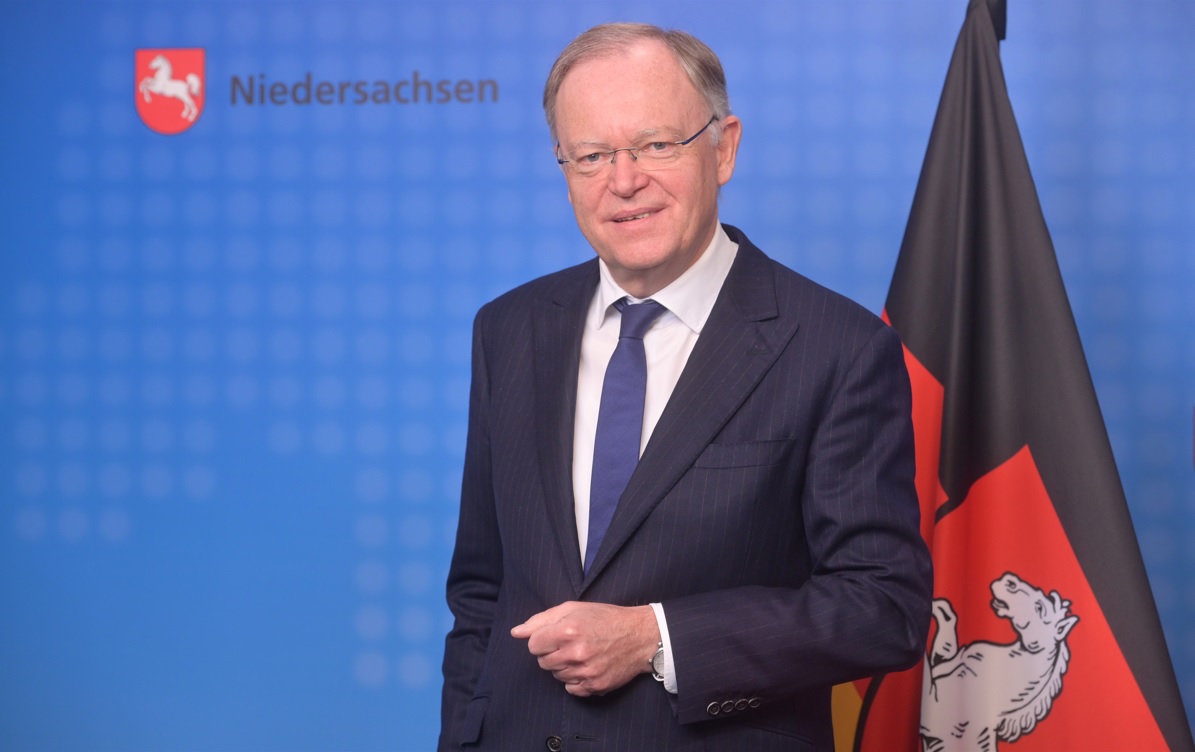The Netherlands completely owes the ‘nitrogen crisis’ to itself
In November 2019, two months before the outbreak of the corona pandemic, Mark Rutte gave the impression that his world was collapsing because the Council of State had put an end to the juggling of its cabinets with the rules for nitrogen emissions, the Nitrogen Approach Program (PAS). .
‘Nitrogen’ in this context means: nitrogen oxides and ammonia, substances that act directly or indirectly as fertilizer for plants. They are mainly emitted by agricultural companies and to a lesser extent by car traffic and industry.
For protected nature areas, the Natura 2000 areas, ‘critical depositions’ for nitrogen apply. A farmer with a few hundred cows in the pasture can cause an exceedance of the critical deposition value in a Natura2000 area.
Contrary to popular belief, the Netherlands as a whole does not have a nitrogen problem. All this fuss is about nitrogen deposition in dozens of ‘overloaded’ Natura2000 areas, which are often only a few hectares in size. placed from the Veluwe and the strip of North Sea dunes including the Wadden Islands, Dutch Natura2000 areas are nature stamps in a country that is itself a stamp on the European map.
Is it a European directive? Why is there only a nitrogen crisis in the Netherlands?
This is mainly because the Netherlands is small and densely populated. In countries such as France and Italy there is more between farms and nature reserves, and space because nature reserves are much larger, the critical deposition value is less easily exceeded.
Nitrogen is therefore a different problem than CO2, where it concerns the total emissions, and not where that happens.
To make matters worse, Dutch ecologists are obsessed with ‘poor’ nature: ‘overloaded’ Natura2000 areas consist of heath and peat, and they owe their existence to an acute scarcity of fertilizers. They are therefore extremely vulnerable to nitrogen deposition. The Netherlands is special in that respect too.
Does the EU want to protect that ‘sparse’ nature by counting hard nitrogen requirements?
Well no. Europe does not set any requirements for nitrogen deposition, the Netherlands does that itself. We are obliged to comply with the Habitat Directive, which states that we strive for a ‘favourable conservation status’ in the Natura 2000 areas. There is no mention of a time limit for that.
It is also legally unclear whether this concerns all animal and plant species in such an area, or only the species that were originally the reason for designating it as a Natura2000 area. EU countries differ in this very differently.
Nitrogen is only one of the factors involved in that ‘favourable conservation status’, and usually has an unknown influence. In practice, some Natura2000 areas do not or hardly suffer from nitrogen. Already in 2019, in the report Nitrogen in Perspective, the Netherlands Environmental Assessment Agency denounced this obsession with Critical Deposition Values.
But we can’t just watch our nature get more nitrogen in our roses, can we?
No, but that’s not the case either. Since the 1990s, Dutch emissions of nitrogen oxides have been reduced by a factor of three, and emissions of ammonia by a factor of two. This is due to cleaner cars, cleaner industry and environmental measures in agriculture. With all the technical innovation underway – such as: more electric cars – this downward trend will continue, even without draconian measures such as the liquidation of farms.
Isn’t it logical to intervene if too much is measured in a nature reserve?
Perhaps, but the nitrogen deposition in Natura2000 is not measured. Actually, the nitrogen crisis is mainly a virtual exercise. Anyone who does something that in principle emits nitrogen must enter it in AERIUS, the official computer model of the RIVM. This then calculates from, say, the construction of an overview of houses leading to an exceedance of the nitrogen standard in a Natura 2000 area twenty kilometers away.
These standards are so strong that exceedances cannot be measured: it concerns quantities enriched with one dog turd per hectare of nature reserve per year. These standards were further tightened in 2015.
AERIUS also makes no distinction between structure and incidental exceedance. A farm nitrogen from continuation of existence, but the construction of housing company liquid means during construction, by truck traffic, lifting and the like. There is enough time to produce the entire project.
As licensed by AERIUS, surely it is a well-tested, reliable model?
According to the Hordijk Committee (2020), AERIUS is unsuitable for licensing. The model offers a false certainty and detail that cannot be justified scientifically. Nitrogen in Perspective speaks of the ‘politicization’ of AERIUS: it has been translated into a policy stick to beat the dog.
Suppose we are going to drive 120 again, build plenty of houses, let the farmers farm and abolish Staatsbosbeheer. What will happen to Dutch nature?
Then there will naturally arise, want nutrition for plants. The ‘congested’ Natura2000 areas, which are now sparse and sparsely populated, will grow over with lush forest, shrubs and grasses. The total biomass and the total number of animals in those nature reserves will increase considerably, from a few random plants and animals.
So it is possible that in the Netherlands there are hardly any gentian blues, a beautifully colored one where conservationists are prevented. There is no question of extinction; even if some of those species will come from the Netherlands, they will still exist in Europe.
Another example of what we do all this for: in the Lemselermaten nature reserve, the sedge snail now occurs in an area the size of three football fields. Ecologists suspect that these three millimeter snails have an indirect effect from too much nitrogen deposition, but that is not certain, because no population trends are known. Nevertheless, the European Habitats Directive obliges the Netherlands to create a more favorable environment for the sedge hive snail in the Lemseler sizes.
The Netherlands has painted itself magnificently in a corner. How could this happen?
Good question. Actually, a parliamentary inquiry should reconstruct how we have been in this trap for the past fifteen years. But as a shot across the bow: this is what you get when you, as a government, give environmental clubs and fundamentalist ecologists ample scope, and deny in principle that natural values must be weighed against social and economic costs.
This eco-lobby has penetrated deep into the institutions and has almost a monopoly on public opinion. In a TV program such as ‘BinnensteBuiten’, forest rangers from Staatsbosbeheer advertise the beauty of heath and peat in the Netherlands on a daily basis. In fact are mainly product of industrial gardening.
The common thread in Dutch ‘nature restoration’ is the never-ending struggle against ‘grassing’ and ‘bombing’. Trees are removed with heavy excavators, the fertile top layer is excavated with bulldozers – this is called sod removal – and the rest does not require intensive water management.
In order to boost biodiversity in the Netherlands, Staatsbosbeheer has cut down thousands of hectares of healthy forest in recent years. Those trees are burned in biomass plants. That is the reality of awake nature in the Netherlands.
What is the way out of the ‘nitrogen crisis’ for the Netherlands?
The Netherlands has signed the cross for the European Habitat and Birds Directives, and from a legal point of view there is no way out. The Netherlands can no longer even decide for itself to abolish a Natura2000 area, even if it is no bigger than a football field. This requires permission from the European Commission. And that is what you get when an area is in such a bad state due to force majeure that it never contributes to European biodiversity anymore.
Such a Natura2000 area is like an inherited, monumental castle that cannot be changed, but which requires expensive maintenance. The heirs can only bid that it burn to the ground once. But you can’t set it on fire yourself, because then you’ll hang.
If the Netherlands neglects a Natura2000 area, the EU can start an ‘infringement procedure’ against the Netherlands, resulting from the European Court of Justice and sky-high fines.
What can be done: stop the nitrogen obsession
The Netherlands may be able to start building again and stop making life miserable for its farmers by getting rid of that obsession with nitrogen deposition. Research per Natura2000 area what is needed to make the biodiversity there real.
But then the best we can do is to maintain all 162 Natura 2000 areas, which has a high social and economic price. Then the new cabinet will have to deprive the most likely of those meager nature stamps the Natura2000 status and confront the European Commission. Gentle surgeons make stinking wounds.
science journalist Arnout Jaspers writes columns and other articles for Wynia’s Week. The above article is the first of a series of two on ‘Woke nature in the Netherlands’. Do you support the sober journalism of Wynia’s Week also in 2022? You can donate at Wynia’s Week bank account NL94 INGB 0006 3945 08 by HERE Thank you!




